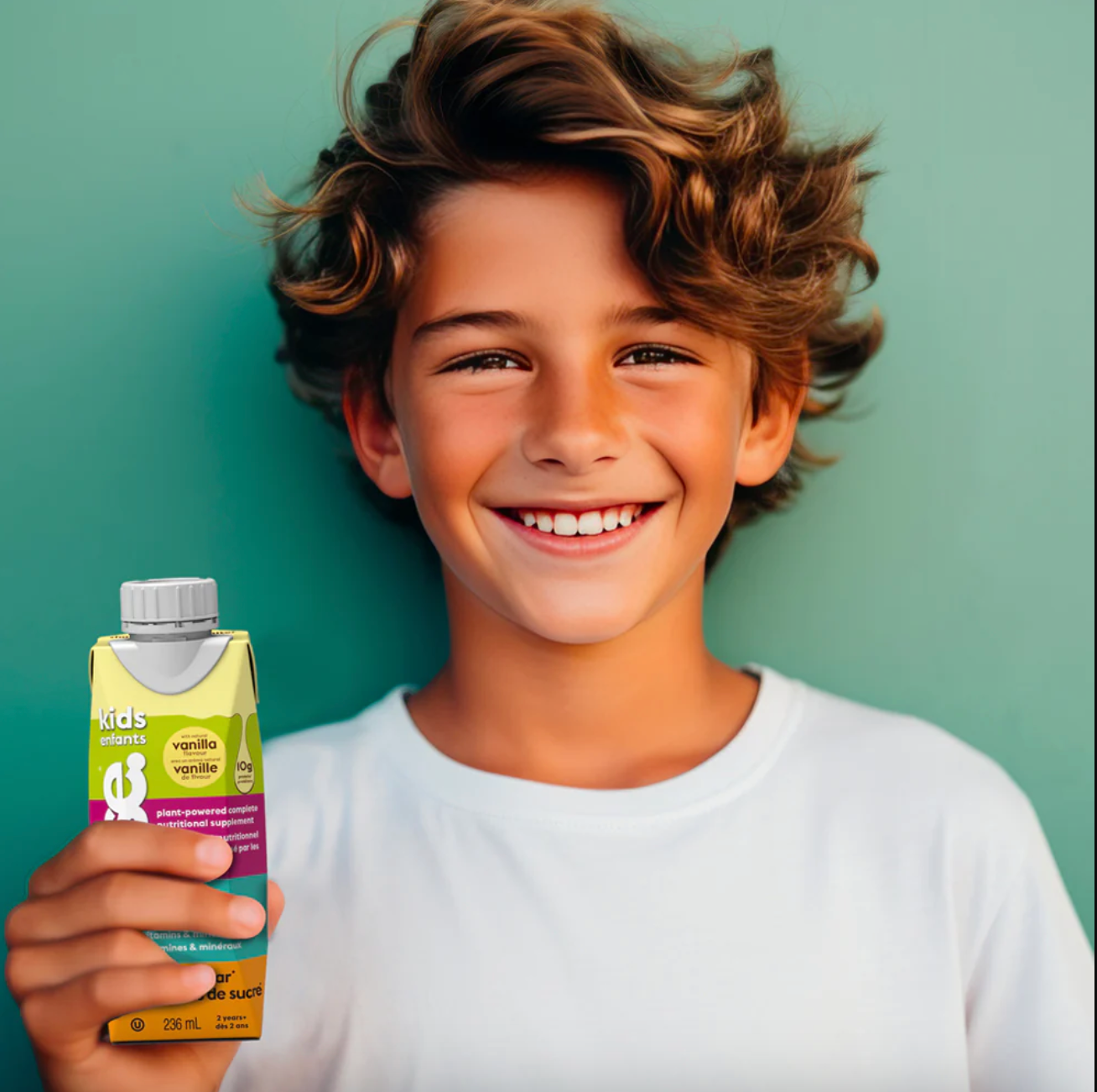
Top Lactose-Free Protein Shakes for Your Family
Are you on the hunt for lactose free protein shakes that match your family’s needs and taste preferences? Look no further.
We have compiled a list of the top shakes that pack a potent protein punch without dairy. Ideal for anyone with lactose intolerance, following a vegan diet, or looking for an eco-friendly option – these shakes check all the boxes.
We’ll also explore Kids Nutrition Shakes, which can be used to help kids round-out their diets during the key growth years, all in a convenient nutrition shake format.
Dive into our selections that blend nutrition with flavor, all without relying on milk.
Key Takeaways
- Lactose-free protein shakes cater to dietary needs such as lactose intolerance and veganism, prefer those who offer a complete amino acid profile and aligning with environmental sustainability and ethical considerations.
- Dairy-free protein shakes often incorporate a variety of plant-based proteins. For instant, almond, buckwheat, pea, fava, mung, and rice proteins, providing nutritionally rich and diverse sources of protein suitable for different dietary preferences.
- Protein shakes can be used as meal replacements or snacks. Lactose-free shakes help meet dietary protein needs, and should be balanced with whole food intake to ensure a varied and nutrient-rich diet.
Exploring the World of Lactose-Free Protein Shakes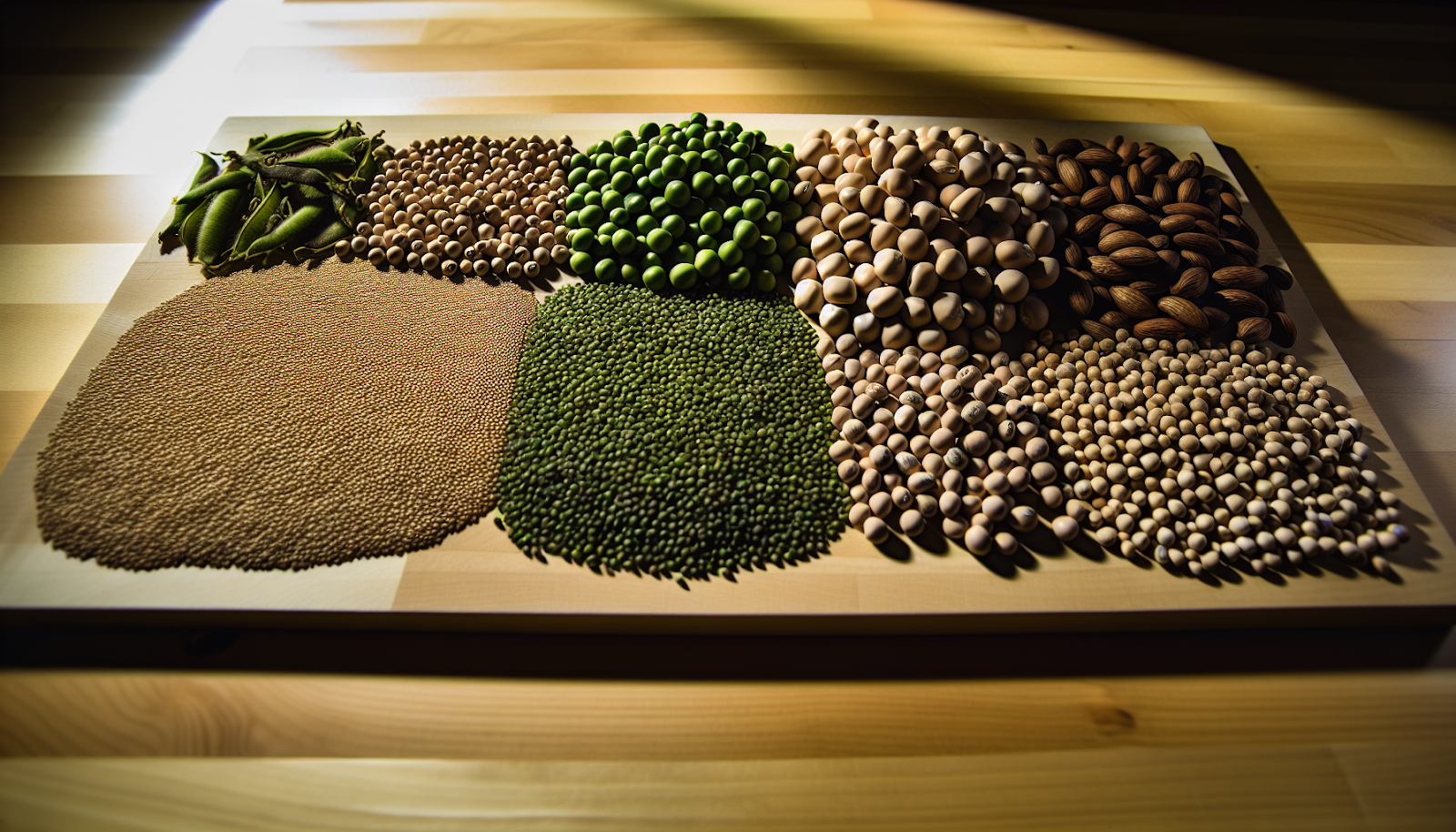
As we become more aware of our dietary choices and their impact on our health and the environment, milk-free protein shakes have garnered significant attention. They offer an excellent alternative for those who are lactose intolerant or sensitive to dairy, reducing digestive issues like bloating and discomfort.
For those with allergies, products like OWYN’s plant-based protein shakes.They provide a safe and delicious option, free from major allergens such as:
- dairy
- soy
- egg
- peanuts
Moreover, these lactose-free shakes cater to the growing trend of veganism, ensuring vegans get adequate protein, essential for numerous body functions.
They also align with the increasing consciousness towards environmental sustainability, as plant-based proteins are notably less taxing on the environment compared to animal-based proteins. Let’s probe further into these aspects.
Lactose Intolerance and Dairy Sensitivity
Did you know that 65% of the global population experiences lactose intolerance, with the prevalence varying among ethnicities? This common digestive disorder can lead to unpleasant symptoms like:
- abdominal bloating
- pain
- diarrhea
- nausea
- gas
- borborygmi
Most people with lactose intolerance can manage their symptoms successfully through dietary adjustments, and this is where dairy-free protein shakes come into the picture.
These shakes are specially designed to cater to the dietary needs of individuals with lactose intolerance. They offer a delicious and nutritious alternative to dairy-based shakes, enabling individuals to enjoy their daily shake without worrying about triggering their symptoms.
Moreover, products like OWYN’s plant-based protein shakes are rigorously tested to be free from major allergens, providing a safe and enjoyable drinking experience for those with allergies.
Embracing Veganism with Plant-Based Protein
When it comes to ensuring adequate protein in a vegan diet, plant-based protein shakes are a game-changer. They contain essential amino acids, making them a source of complete protein for vegans.
These amino acids are crucial for the human body and must be obtained through diet as the body cannot synthesize them. Having a complete amino acid profile in a plant-based protein shake ensures that vegans can meet their dietary protein needs without resorting to animal products.
So, whether you’re a seasoned vegan or just starting your vegan journey, plant-based protein shakes can be a valuable addition to your diet.
Environmental Considerations of Lactose Free Protein Shakes
Choosing lactose-free protein shakes isn’t just about catering to dietary needs or preferences; it’s also about making conscious choices for our environment.
Dairy farming contributes significantly to climate change, with around one-third of total greenhouse gas emissions from the food system attributed to livestock, especially dairy cattle.
Moreover, dairy production also affects environmental pollution by contributing to eutrophication, acidification, and contamination of water sources, and significantly impacts land through deforestation for feed production and biodiversity loss.
On the other hand, plant-based proteins offer environmental benefits by conserving water, reducing greenhouse gas emissions, and helping to remove CO2 from the atmosphere. Besides the environmental considerations.
The Ultimate Guide to Dairy-Free Protein Sources
Having understood the reasons, it’s time to investigate the constituents — the key ingredients of dairy-free protein shakes. The star of these shakes is plant-based proteins, celebrated for their multiple cardiovascular benefits, including reduced cholesterol, chronic inflammation, and a lower risk of cardiovascular diseases.
One of the most popular plant-based proteins is soy protein concentrate, known for its high protein content. But the world of plant protein doesn’t stop there. There’s a variety of other plant-based proteins, each with its unique nutritional profile and benefits. Let’s discover more about these power-packed ingredients.
Soy Protein Isolate: The Robust Classic
Soy protein isolate is extracted from soybeans, it is defatted and processed to remove carbohydrates and fibers, resulting in a high concentration of protein. It stands as a robust competitor to traditional whey protein, offering similar benefits without the lactose.
Not only does soy protein support muscle maintenance and growth, but it also harbors potential heart health benefits. Studies suggest that incorporating soy protein into one’s diet can contribute to lowering cholesterol levels, a boon for cardiovascular wellness.
Almond Protein: The Gentle Nutrient Dynamo
Almond protein, derived from one of nature’s most nutrient-rich nuts, emerges as a gentle yet powerful protein source. This finely-ground protein retains the nutritional bounty of almonds, including fiber, healthy fats, and vitamins such as vitamin E.
Particularly appealing for its smooth texture and nutty flavor, almond protein pairs splendidly with various recipes.
It shines not only in shakes but also in a myriad of culinary creations, from baked goods to smoothie bowls, all while offering a substantial portion of the essential amino acids required for tissue repair and muscle growth.
Pea Protein Concentrate: A Powerhouse Ingredient
Pea protein concentrate is making waves in the nutrition world, and for good reasons. This plant-based protein is packed with essential amino acids, making it an excellent choice for those seeking a lactose-free protein source.
In comparison to whey protein, pea protein concentrate provides a great alternative for those looking for plant-based and dairy-free options.
In addition to being a rich source of protein, pea protein concentrate is also associated with several health benefits. It’s a great choice for those who want to maintain their muscle mass, as it provides all the essential amino acids required for muscle growth and repair.
Crafting Delicious Lactose-Free Protein Shakes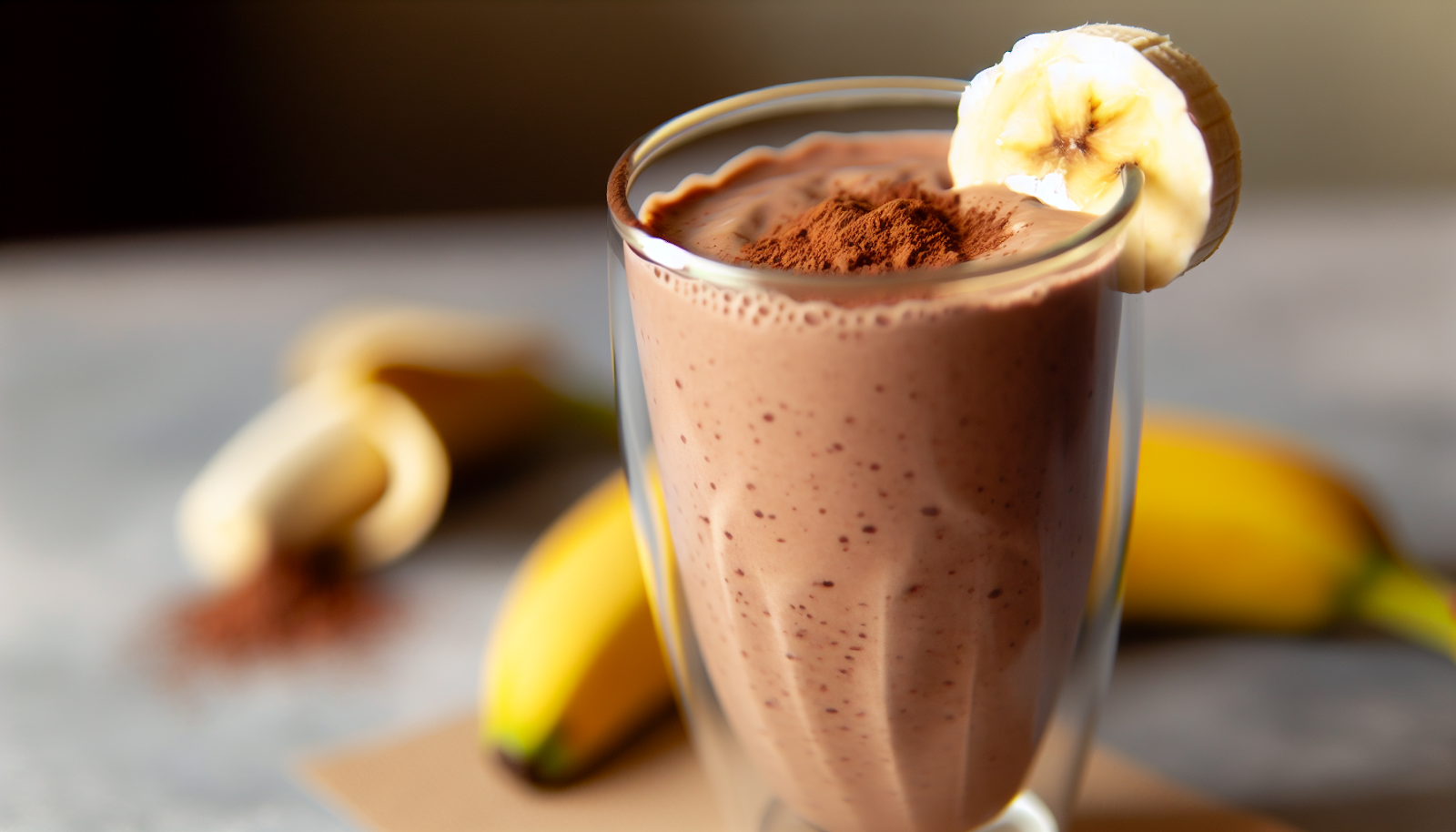
Today, you can enjoy almond, say or pea protein shakes in a variety of flavors such as cookies & cream, S’Mores, and chocolate coconut, catering to a wide range of taste preferences.
But why limit ourselves to store-bought shakes when we can whip up some delightful concoctions at home? Let’s explore some enticing recipes.
Chocolate Indulgence: Dark Chocolate and Banana Shake
First on our list is a classic favorite – the dark chocolate and banana shake. This delectable combination of rich dark chocolate and creamy banana offers a guilt-free indulgence that’s both delicious and nutritious. The recipe calls for just a few simple ingredients:
- unsweetened non-dairy milk
- a frozen banana
- chocolate vegan protein powder
- ice cubes
To prepare this shake, all you need to do is blend all the ingredients together until you achieve a smooth consistency that’s slightly thick yet easy to drink. The result? A protein-packed, dairy-free shake that tastes like dessert but is packed with nutrition. It’s a great way to satisfy your sweet tooth while fueling your body with the protein it needs.
Tropical Bliss: Pineapple Coconut Protein Shake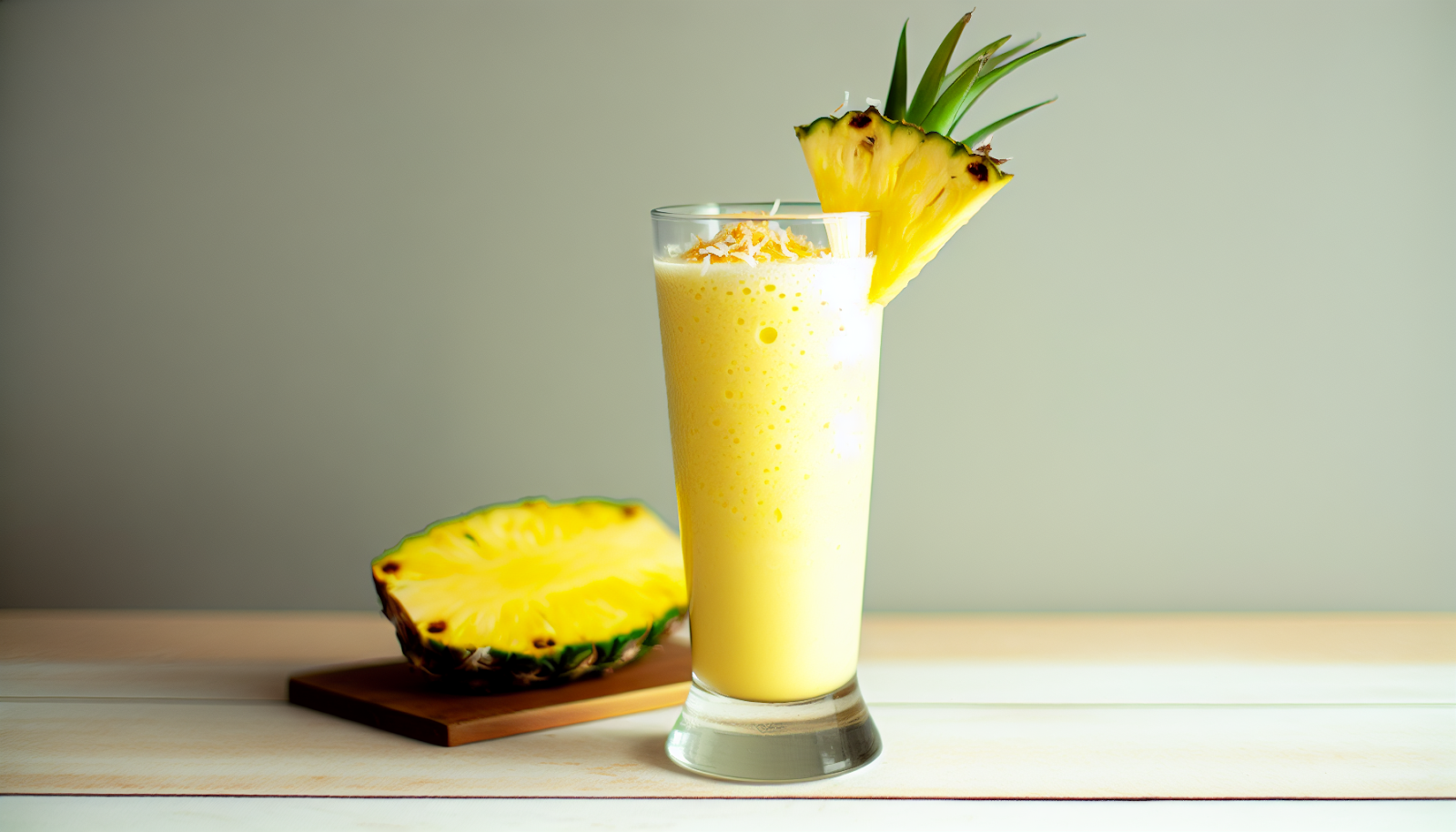
Next, we’re taking a tropical turn with a pineapple coconut protein shake. This shake brings the flavors of the tropics right to your kitchen, offering a refreshing and satisfying treat. The recipe calls for:
- frozen pineapple
- plain unsweetened coconut milk beverage
- pineapple juice or orange juice
- ice
- agave nectar as a natural sweetener.
To prepare the shake, follow these steps:
- Blend all the ingredients until you achieve a smooth, thick, and creamy consistency.
- You can modify the consistency to your preference by adding more coconut milk beverage to thin it or more ice to thicken it.
- The result is a delightful blend of tropical flavors, packed with protein and ready to fuel your day.
Sweeteners and Flavors: Keeping Your Shakes Healthy
While taste is important, we also want to ensure that our protein shakes are healthy. One way to do this is by choosing healthy sweeteners and flavors. Many protein shakes are naturally sweetened with options like honey, agave, monk fruit extract and organic cane sugar, providing a healthier alternative to artificial sweeteners.
For instance, natural sweeteners like raw honey not only provide sweetness but also retain beneficial nutrients including antioxidants, vitamins, and minerals due to less processing. Compared to artificial sweeteners, which can have a chemical or metallic taste, natural sweeteners offer a more pleasing and familiar taste profile, contributing to both the enjoyment and healthiness of shakes.
Incorporating Natural Flavors
In addition to sweeteners, flavors play a crucial role in making your protein shakes enjoyable. Fortunately, there’s a myriad of natural flavor options to choose from.
For instance, frozen fruits like strawberries, peaches, and blueberries can naturally sweeten and add robust flavors to lactose-free protein shakes, enhancing taste without the need for artificial flavorings.
You can also play around with other natural ingredients to add a hint of indulgence to your shakes. For instance, adding paleo chocolate chunks to vegan protein shakes introduces a hint of indulgence while sticking to natural, health-promoting ingredients.
So, don’t be afraid to get creative and experiment with different flavors to create your perfect protein shake.
Nutritional Boosters for Your Lactose-Free Protein Shake
While protein is the star of the show in protein shakes, there are other nutritional boosters you can add to ramp up the health benefits. These include fiber, omega fatty acids, and superfoods like spirulina and maca powder. Not only do these boosters enhance the nutritional value of your shakes, but they also offer a range of health benefits.
For instance, fiber aids in digestion, helps control blood sugar levels, and promotes satiety, contributing to a sense of fullness. Omega fatty acids, on the other hand, are essential for heart health, reducing inflammation, and supporting brain function. Incorporating these nutritional boosters can also benefit immune health. Let’s explore them in more detail.
Fiber and Omega Fatty Acids
Incorporating fiber and omega fatty acids into your protein shakes can significantly enhance their health benefits. Flaxseed protein, for instance, includes a significant quantity of omega-3 fatty acids, essential for heart health, reducing inflammation, and supporting brain function.
Chia seeds are another excellent source of alpha-linolenic acid (ALA), a type of omega-3 fatty acid that contributes to decreasing heart disease risk and enhancing cardiovascular health.
Fiber, on the other hand, aids in digestive health, helps control blood sugar levels, and promotes satiety. Chia seeds, which are rich in fiber, can improve digestive health and have the potential to aid in weight loss as part of a balanced diet.
By including these ingredients in your protein shakes, you’re not only adding a nutritional boost but also promoting overall health.
Supercharge with Superfoods
Taking your protein shakes to another level, superfoods like spirulina and maca powder can be added for their impressive nutrient density. Spirulina, for instance, enriches protein shakes with its high protein content, antioxidants, vitamins, and essential amino acids.
It not only brings up to 71% protein to the shake but also serves as a natural protein supplement, aids in detoxifying the body of heavy metals, and contributes to reducing inflammation and improving immune responses.
Including protein supplements like spirulina in your diet can provide additional health benefits.
On the other hand, incorporating gelatinized maca powder in protein shakes can provide a caffeine-free energy boost, leading to natural vitality enhancements. With these superfoods, you’re not just enjoying a delicious protein shake, but also supercharging your body with essential nutrients.
Meal Replacement or Snack: How to Use Lactose-Free Protein Shakes Effectively
So, when is the best time to incorporate these protein shakes into your diet? The answer depends on your specific health and fitness goals. Protein shakes can effectively serve as a meal replacement, offering a balanced blend of macronutrients suitable for those on-the-go moments.
They can also be a great snack option, serving as a convenient and effective way to maintain satiety between meals.
However, it’s important to remember that shakes should not replace whole food meals but can be used as supplements between meals or around workout sessions. Whole foods provide nutrients, fiber, and other health benefits that are not typically fully accounted for in protein shakes.
Now, let’s probe further into the effective utilization of protein shakes.
Timing Your Protein Intake
When it comes to maximizing the benefits of protein shakes, timing is crucial. Consuming protein shakes after exercising helps to repair muscles, as the body is more efficient at utilizing protein to rebuild muscle during the post-workout anabolic state.
It is recommended to drink a protein shake within one hour after exercise for optimal muscle recovery.But what if you’re not working out? Protein shakes can still play a valuable role in your diet. It’s great strategy to consume them in the morning as a quick and convenient breakfast option.
Balancing Your Diet with Lactose-Free Protein Shakes
Protein shakes are a great solution for meeting your daily protein requirements, but they should complement a diet rich in various nutrients. A wide-ranging diet ensures you get all the benefits that whole foods offer.
Keep an eye on protein shake serving sizes to avoid extra calories that can disrupt weight loss or contribute to weight gain. Substituting a high-calorie meal with a protein shake can help manage your total calorie intake.
Lactose-Free Protein Shakes for Kids: A Power-Packed Solution!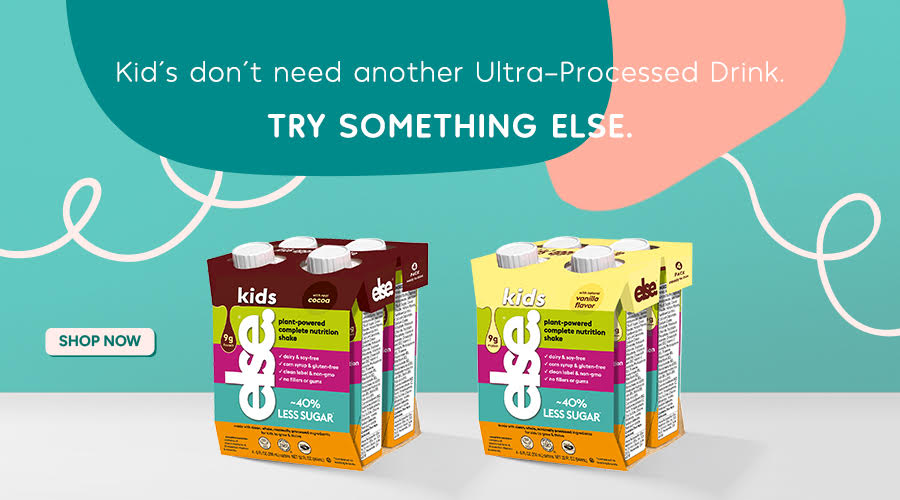
Finding delicious and nutritious snacks for kids can be a challenge, especially for those with dairy allergies or intolerances. Protein shakes offer a convenient and tasty way to add a boost of protein, vitamins, and minerals to their diet, all while being dairy-free! Here’s what you need to know:
Why Lactose-Free?
- Lactose intolerance: Not everyone can digest lactose, the sugar found in dairy.
- Dairy allergies: Some children have true allergies to milk protein, which requires strict avoidance.
- Dietary preferences: Some families choose to avoid dairy for various reasons.
Protein Benefits for Kids:
- Growth and development: Protein is essential for building and repairing muscles, bones, and tissues.
- Energy levels: Protein helps kids feel full and energized throughout the day.
- Appetite control: Protein can help regulate appetite and cravings.
Lactose-Free Protein Sources:
- Plant-based protein powders: Pea almond,, hemp, brown rice, almond, soy (if tolerated), and mixed plant-based blends are popular options.
- Nut butters: Peanut butter, almond butter, and sunflower seed butter add protein and healthy fats.
- Seeds: Chia seeds, flaxseeds, and hemp seeds are rich in protein and fiber.
- Oats: Rolled oats are a filling source of complex carbs and protein.
- Fruits and vegetables: Bananas, spinach, and avocados contribute to overall nutrient content.
Else Nutrition Ready-to-Drink, Plant-Powered Complete Nutrition Shakes for Kids – as a Lactose-Free option.
While we’ve focused largely on adults, let’s not forget about our little ones. For kids (2-13 years old), our Plant-Powered Complete Nutrition shakes are a fantastic option. These shakes are not only dairy-free but also packed with nutrients essential for growing bodies.
They also have less sugar than the leading brands, and are packed with real, whole food ingredients, and 25 essential vitamins and minerals.
RTD Shakes for Kids provide a balanced blend of macronutrients and are a great way to ensure your kids get the nutrition they need, even on those picky-eating days.
Summary
Lactose-free protein shakes cater to those with lactose intolerance and vegans, offering a healthy, versatile option. They come loaded with plant proteins and can be flavored or sweetened to taste. You can enjoy them as a meal replacement, a post-workout drink, or just a nutritious snack. These shakes can be a delicious part of your personal wellness journey.
Frequently Asked Questions
What can I use instead of milk for protein shakes?
You can use alternatives such as almond milk, soy milk, or coconut milk to make protein shakes. These options provide a good source of protein and can be easily incorporated into your smoothie.
Is Fairlife protein shakes dairy free?
No, Fairlife protein shakes are not dairy-free. But they are lactose-free, which makes them a suitable option for individuals with lactose intolerance.
Are non dairy protein shakes better?
Yes, non-dairy protein shakes are better because they are generally lower in fat and calories than animal-based proteins. That makes them a better choice for those looking to lose fat and gain lean muscle.
Are lactose-free protein shakes good for the environment?
Yes, lactose-free protein shakes are good for the environment. Plant-based proteins offer environmental benefits such as conserving water and reducing greenhouse gas emissions.
Can I use protein shakes as a meal replacement?
You can use protein shakes as a meal replacement, but they should only replace some whole-food meals. They are best as supplements between meals or around workout sessions.
How can my kids use a kids nutrition shake?
Our kids’ nutrition shakes are perfect for everyday or occasional support as part of a balanced diet. They pack a punch with all essential amino acids from buckwheat and almond. RTD shakes are also tailored to the nutritional growth needs of kids.
The content and advice provided in this article is for informational purposes only and is not a substitute for medical diagnosis, treatment, advice for specific medical conditions. Always consult a pediatrician to understand the individual needs of your child. The article expresses solely the views of the article editor.

